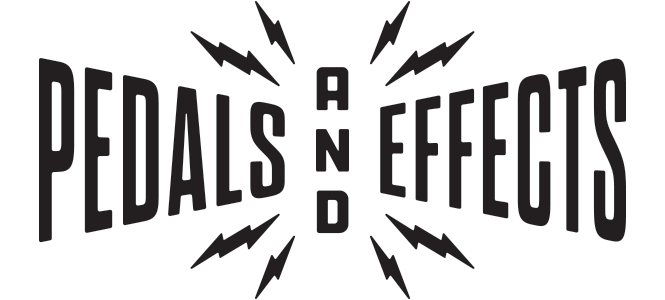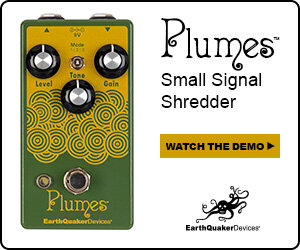How To Chain Pedals On A Pedalboard
/Here is a post that is long overdue, because the #1 question I get on this site, hands down, is :
“How do I chain pedals on a pedalboard?”
It seems that many of you think there is a right way and a wrong way. I am here to tell you that your “perfect” pedalboard is in the eye of the beholder- YOU.
Chaining, or combining, pedals in a certain order is probably the most exciting part of creating new, unique sounds. The order in which pedals are chained together plus the musician’s musical ability creates that unique sonic expression. Why does pedal order really matter? Most musicians use a combo of effects to get sounds they desire, so how those effects are stacked up changes the resulting sound. For example, a lot of bassists use compression with a chorus to make the chorus chime a little more. Others use an overdrive with a phaser to get that Jet Phaser sound made famous by Larry Graham:
In a nutshell, the majority of players like to combine pedals to get sounds that will help express their voice as a musician. I find myself spending hour after hour “sonic crafting” and creating something new until I think, “No one has EVER used this sound on a record before!” As you can imagine, I could do this for days. Months, even.
Here’s a clip Jonathan Hischke and I made where we combined some new acquisitions with some old, reliable pedals:
What we have in this chain are:
- 1970 fretted Fender Precision bass
- MXR Micro Amp
- Boss CS-2 Compressor Sustainer
- Dwarfcraft Devices Pitch Grinder
- Electro Harmonix Micro Synthesizer (out of the production and no, the new ones don’t sound anything like this one, sorry!)
- Fairfield Circuitry’s Randy Revenge Ring Modulator
- Red Panda Particle Granular Delay / Pitch-Shifting pedal
- Jonathan Hischke’s custom circuit mangler
Here’s a little bit of explanation behind this pedal order:
When Aen at Dwarfcraft sent me the Pitch Grinder, he suggested I add something with a lot of gain or sustain in front of it because it needs a consistent signal in order for the sequence to be generated. I love the sound of the MXR Micro Amp combined with the CS-2 because it is really makes the bass grind and creates a sustained bass tone. That signal gets dumped into the Pitch Grinder where the sequence is generated. What’s great about the Pitch Grinder, besides the sequence ability, is the tone of the bass coming out of the effect. It gets bit crushed (the signal gets digitized and then is degraded, which is known as “bit crushing”) and that results in a more synthetic sounding signal.
Some of the sounds coming out of this pedal resemble a bass synthesizer even more than those coming from an electric bass, so what did we do? We ran that sound into the Electro Harmonix Micro Synthesizer to give it some fuzz and square wave sounds. This is where you here the real distortion happening.
What we did next was synthesize the signal even more by putting it into my favorite ring modulator- Randy’s Revenge by Fairfield Circuitry. That pedal is what’s providing the weird, synthetic filtering on the sequence and when you move the main frequency knob, you really get synthesizer tones out of it. It sounds less like an electric bass more like a Moog synthesizer.
The signal gets the most radical treatment in the chain by the next two pedals. The Red Panda Particle is responsible for the signal chops. It’s providing the various strange, trippy, robot-like sounds, using the techniques of granular synthesis in real time. The radical pitch and delay modulation, plus the shimmering repeats and stutter/glitch sounds then go into Jonathan’s circuit mangler. That pedal is similar to a circuit bent keyboard where basically the signal is tossed into electrical chaos and is very unpredictable and, at times, uncontrollable. I own a couple of keyboards that have had their circuits “bent” and I love the results.
I’m anticipating a wave of comments on this post that will question how the sounds being generated don’t sound at all like those from a bass. That’s kind of the point of it all- to create sounds that are new, unique, different. The point of this post is to show you the benefits of taking pedals to their most extremes. As a player, doing this gives me choices, options. Maybe some of these sounds aren’t ideal for a band situation (since they’re looking for the bass to sound like….bass!) but come in handy during recording sessions or writing music. This is the concept that inspired my tag line, “sonic crafting is limitless.”
Here is audio that I made using sounds created from these pedals:I hope this first post will encourage and inspire you to experiment by chaining different pedals together until you get the sound that really blows you away. If you already have a favorite pedal chain, let me know in the comments section!
All of these pedals and more, are available at Reverb.com










